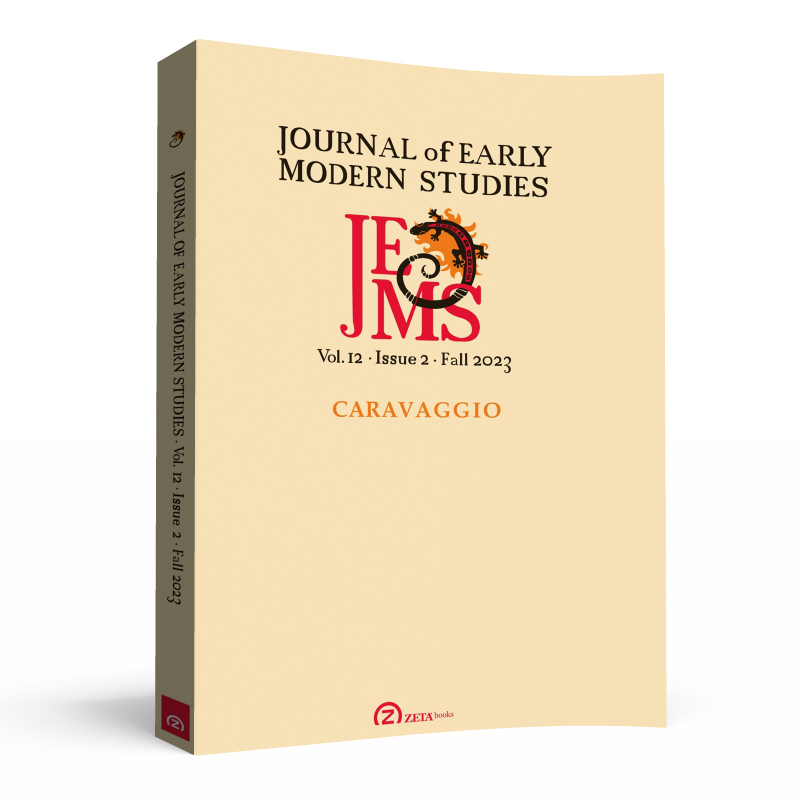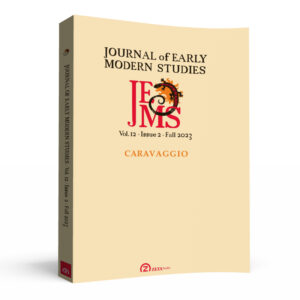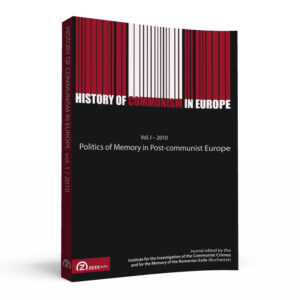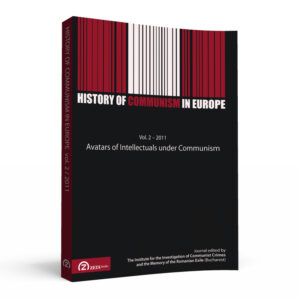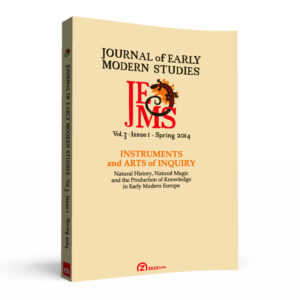Journal of Early Modern Studies, Volume 12, issue 2 (Fall 2023): Caravaggio
ISSN: 2285-6382 (paperback) / ISSN: 2286-0290 (electronic)
CONTENTS
Articles:
OLIVIER DUBOUCLEZ: Caravage – l’image en mouvement [OPEN ACCESS]
SIMEN K. NIELSEN: Caravaggio’s The Crucifixion of St. Peter: Spectatorship, Martyrdom and the Iconic Image in Early Modern Italy
Abstract: This paper explores conflations of martyrdom, spectatorship, and image theory in Caravaggio’s Crucifixion of St. Peter (1601). It argues that Caravaggio employs an “iconic” visual formula as a response to the pressures of a post-Tridentine poetics. Through these strategies, an iconography of immediacy and presence is paired with a sacrificial subject-matter. This merging united witness and visual experience in the shape of the sacred image. Martyrdom, as both a historical and representational phenomenon of early modern sociality and culture, invoked the act of spectatorship. In connecting the Crucifixion of St. Peter with the cultural and aesthetic paradigms of post-Tridentine Italy, the article argues that Caravaggio’s image re-imagines the codes of iconic representation. While not a novel academic context for Caravaggio scholarship, I will read this image less as the expression of stylistic tensions in the Roman artworld than as the result of overlapping frameworks—martyrdom, Petrine iconography, and a Counter-Reformation aesthetic. Reenergized as part of the visual rhetoric of Tridentine politics, the icon reflected a new propensity for paleochristian cultural revival. Discussing both the contextual pressures of this new aesthetic regime as well as intertwining it with the increasing presence of Catholic image treatises, the article suggests an “iconic” space for reading Caravaggio’s Crucifixion. This “iconic” framework is built into the charged discourse surrounding the image itself.
AUGUSTIN CUPȘA: Beheadings and Self‑Portraits in Caravaggio’s work: The Faces of Self‑Awareness
Abstract: The present study aims to investigate the psychological mechanisms behind the change in the facial expression of some of the beheaded characters in Caravaggio’s works, starting from The Head of Medusa, from the artist’s youth, and up to David with the Head of Goliath, a mature workpiece, searching the continuity between them through a series of self-portraits/ self-insertions of the artist in his work. The psychodynamic analysis I propose is limited by the constitution of its practice to the study of the process of image production and the artistic imaginary, rather than to the investigation of the man or the artist, who is out of reach, by means of figurative and symbolic language. This approach aims to highlight the drives of the unconscious, the structures of censorship and the operating technique of the defensive mechanisms that ultimately could contribute to the production of such masterful images that are both seductive and confusing. The study incorporates and continues the contribution of authors such as Leo Bersani and Ulysse Dutoit, who applied Laplanche’s theory of generalized seduction in the analysis of Caravaggio’s works, but also the mirror stage of Lacan and the masterful study of Donald Winnicott regarding the reflection of the baby in the mimics of his mother, an unconscious unclear image that will stand forever for the perception of the self. The change of the affective resonance, expressiveness and emotional relating to violence is natural in the course of human evolution. While not even the artist Caravaggio can elude it, his work can illustrate by deflection these transformations of the dynamics of the mind, it can raise new questions and open new perspectives of understanding the artistic drive.
DANIEL M. UNGER: Caravaggio’s Martha and Mary Magdalene in a Post‑Trent Context
Abstract: In his painting of Martha and Mary Magdalene, Caravaggio depicted the two sisters of Lazarus as engaged in a serious conversation. On the one hand, Martha is rebuking Mary Magdalene. On the other hand, Mary is responding in that she turns a mirror towards her older sister. The aim of this article is to elucidate how this reciprocal conversation reflects post-Trent propaganda. Martha represents a group of believers that remained within the Catholic Church but did not embrace the changes implemented by the leaders of the Catholic Reformation. Mary Magdalene represents the reformed church that acknowledged, accepted, and implemented the decisions of the Council of Trent. The difference between the two sisters is not in their faith. They differ in their reaction. For Martha, faith was blind. For Mary Magdalene faith is an outcome of the deeds of Christ. Martha believed in Christ and continued to act according to tradition. Magdalene’s reaction is related to gaining knowledge and change, which is what the Catholic Reformation is all about.
MICHELA YOUNG: Narrative and temporal ambiguity in Caravaggio and Rembrandt’s Supper at Emmaus
Abstract: Caravaggio and Rembrandt have often been considered together in light of their realism and use of chiaroscuro, as propounded in the 2006 exhibition “Caravaggio-Rembrandt”. This article explores another unifying characteristic of their paintings, ambiguity. By specifically considering the artists’ construction of narrative ambiguity in their first versions of The Supper at Emmaus, from their respective climates of Protestant Holland and Counter-Reformation Italy, it analyses the significance of the pictorial and temporal strategies employed for the exegesis of the Emmaus narrative. It considers these paintings as intentionally aporetic artworks, relying on the spiritual awareness of the viewer to resolve their indeterminacy and to reactivate their Eucharistic meaning.
OLIVIER DUBOUCLEZ: Envisager Méduse. Condensation et métamorphose dans la Tête de Méduse de Caravage
Abstract: Various elements suggest that not only Medusa’s beheading, but also her metamorphosis is present on the parade shield that Caravaggio painted in 1597-1598 and that his patron, Cardinal del Monte, offered to the Grand Duke of Tuscany, Ferdinando de’ Medici. Scholars have recently insisted that the famous rotella shares many features with an engraving by Cornelis Cort, now attributed to Antonio Salamanca, a possible copy of a lost work by Leonardo. Interestingly, this engraving comes with a description of Medusa’s metamorphosis, taken from a passage of Boccaccio’s Genealogy of the Pagan Gods where the Ovidian myth is associated with the legend of the beautiful queen Medusa. Indeed, the Cort-Salamanca’s print shows the metamorphosis in progress: a terrified woman transforming into a monstrous hybrid of humanity and bestiality. While emphasizing the Gorgone’s double nature, Caravaggio pushes its representation in an even more naturalistic direction. Such a naturalization of Medusa, who seems to have lost even her petrifying power, fits with the apotropaic function of the shield as it is exposed in contemporary descriptions of the Grand Duke’s rotella and symbolical interpretations of the gorgoneion.
Reviews
ELSA MAURY
Jérémie Koering, Les Iconophages. Une histoire de l’ingestion des images, Arles: Actes Sud, 2021.
REMUS GABRIEL MANOILĂ
Diego Lucci, John Locke’s Christianity, Cambridge: Cambridge University Press, 2020.

